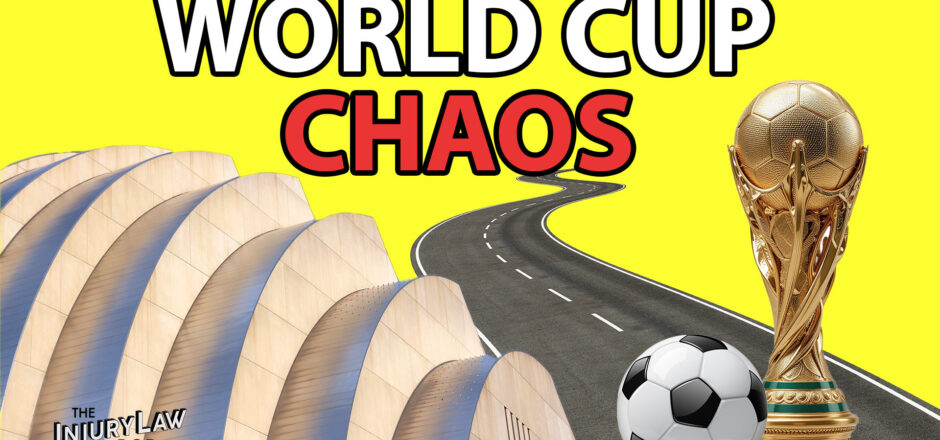Kansas City World Cup 2026: Safety, Infrastructure, and Legal Liability

As Kansas City prepares to host the 2026 FIFA World Cup, excitement is building across the metro. Thousands of fans from around the globe will flock to our city, bringing not only an economic boost but also complex challenges in safety, infrastructure, and legal responsibility. For residents, visitors, and business owners, it’s important to understand how the city is preparing—and what happens if something goes wrong. As a Kansas City personal injury lawyer, I want to shed light on the legal considerations tied to public safety during large-scale events like the World Cup.
The World Cup’s Local Impact
Hosting the World Cup in Kansas City is a once-in-a-lifetime opportunity. But alongside the excitement comes pressure on our roads, public transportation systems, and pedestrian pathways. Ensuring crowd control and safe mobility isn’t just about convenience—it’s about preventing accidents, injuries, and potential lawsuits tied to dangerous conditions of public property.
Local Infrastructure Concerns: Lessons from 39th Street
Even before the World Cup, Kansas City has struggled with infrastructure safety. Take 39th Street near Hyde Park, for example. This area has been the site of multiple fatal pedestrian crashes every year since 2015. Residents have long called for improvements such as road diets, safer crosswalks, and traffic-calming measures. With an international event looming, these issues become even more urgent.
When cities fail to address known hazards, they may face premises liability claims under Missouri law.
City Responsibility and Liability Under Missouri Law
While cities often enjoy sovereign immunity, Missouri law creates exceptions when dangerous public conditions exist. Past cases—such as Brucker Hoff v. City of Perryville and Hoang v. Kansas City—highlight how courts have held municipalities accountable for failing to provide safe crosswalks or adequate warnings.
During the World Cup, Kansas City could face similar risks if unsafe infrastructure leads to preventable injuries. Anyone hurt due to poorly maintained roads, inadequate signage, or dangerous crowd conditions should consult a Kansas City injury lawyer to understand their rights.
Proactive Planning for World Cup Safety
To its credit, Kansas City is making progress through initiatives like Vision Zero, which aims to eliminate traffic fatalities by 2030. In preparation for the World Cup, the city is:
-
Implementing road diets and redesigned intersections
-
Improving crosswalks and pedestrian safety features
-
Expanding public transit by leasing 200 buses and extending streetcar hours
-
Adding park-and-ride systems to reduce traffic congestion
These efforts are promising, but questions remain: Will they be enough when hundreds of thousands of fans arrive in 2026?
Urban Redevelopment and Crowd Control
Urban redevelopment projects, including the South Loop Park deck and new parking lot regulations in entertainment districts, are designed to improve safety and manage crowds. Additional lighting, surveillance, and pedestrian pathways can reduce risks—but failure to properly implement these measures may still expose the city (and property owners) to legal claims if accidents occur.
Legal Risks During Major Events
When global events like the World Cup come to town, the stakes for public safety rise dramatically. Without effective crowd management and traffic control, injuries are almost inevitable. Under Missouri’s comparative fault statute, both individuals and municipalities may share responsibility. This means that if you are injured due to unsafe city planning or hazardous public property, you may still have a valid personal injury claim in Kansas City.
The 2026 World Cup is a tremendous opportunity for Kansas City—but it also highlights the critical importance of safe streets, responsible planning, and proactive legal oversight. Residents should stay informed, participate in city safety initiatives, and advocate for stronger infrastructure protections.
If you or a loved one has been injured due to dangerous public conditions in Kansas City or Missouri, you may have legal options. Contact Northland Injury Law today to discuss your case with an experienced Kansas City personal injury attorney. We’re here to protect your rights and help you pursue fair compensation.






